Anne Bonds on How Racially Restrictive Covenants Emerged
"There have been laws and policies that created some of the disinvestment, the plight, and the wrong that we're experiencing today."—Elmer Moore Jr., CEO of Wisconsin Housing and Economic Development Authority
Related Clips:
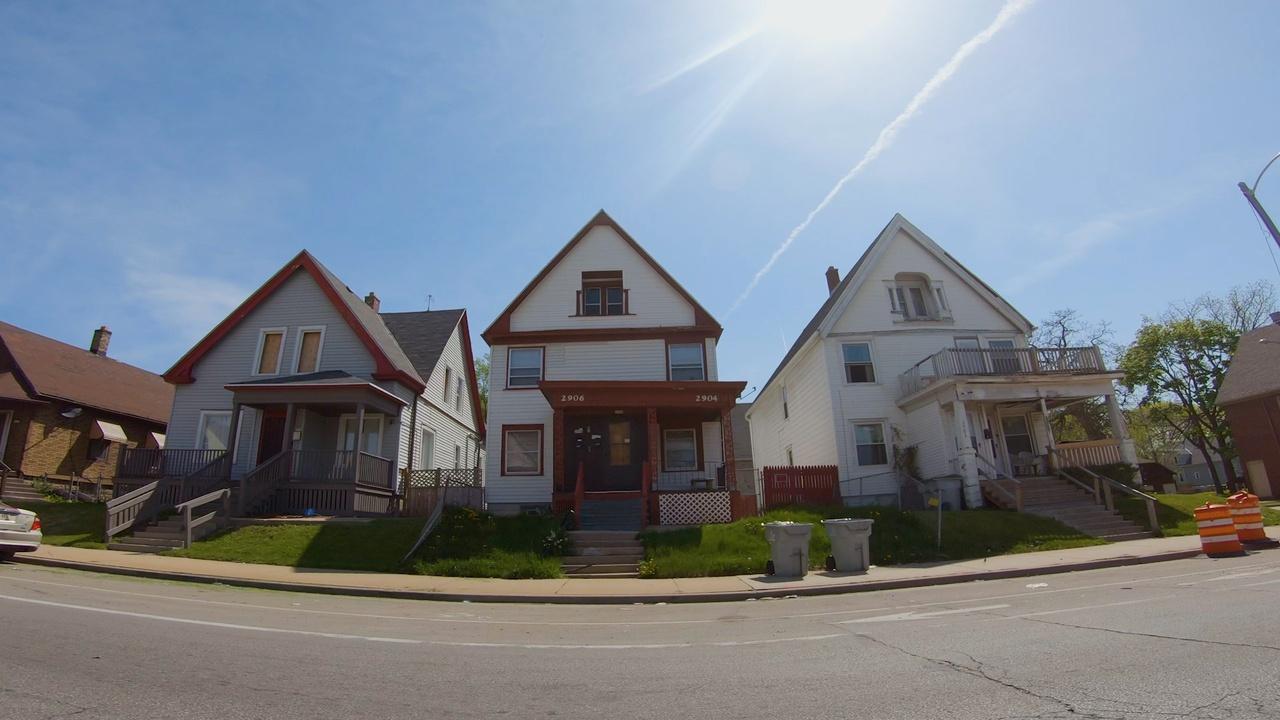
Racial Wealth Gap
Opportunity for Black families in Wisconsin to use homes to build wealth remains limited.

Covenants, redlining and Black homeownership in Wisconsin
Opportunity for Black residents of Wisconsin to purchase a home and build wealth has been limited by racially restrictive covenants and redlining discrimination, creating a segregated housing market.
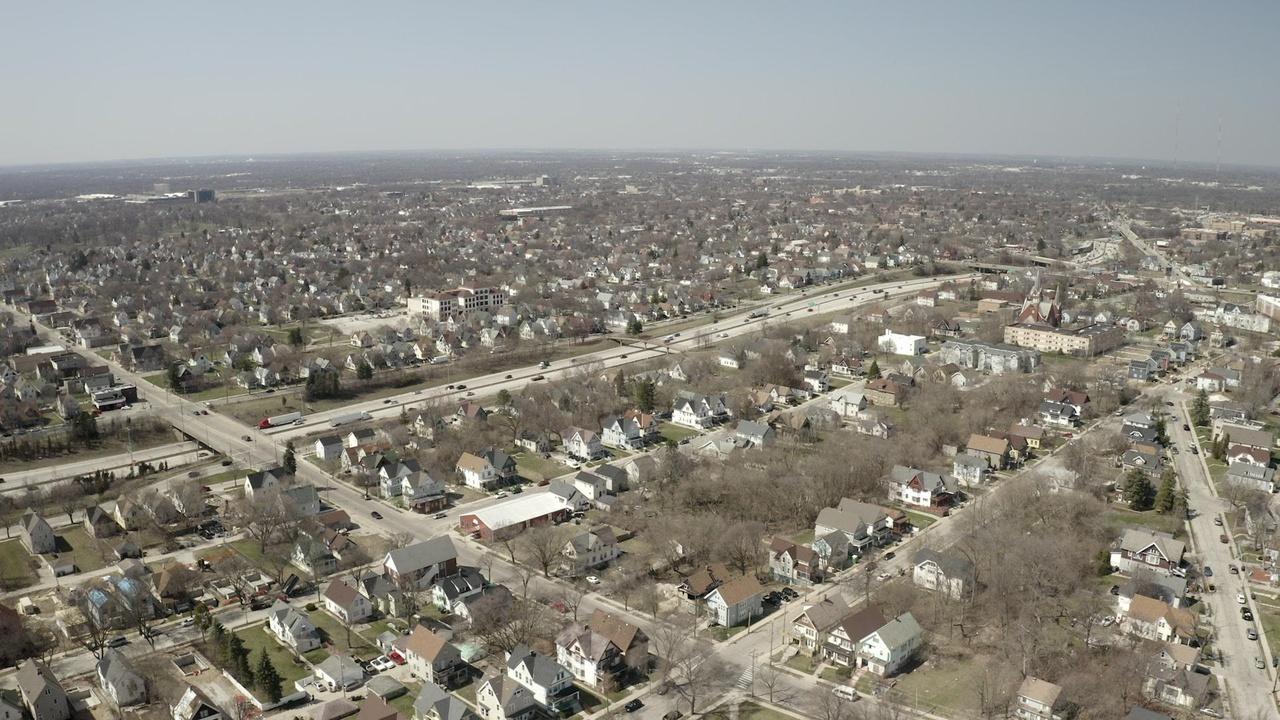
What 'urban renewal' meant for Milwaukee's Black residents
A series of demolition and construction projects labeled "urban renewal" destroyed Black neighborhoods in Milwaukee, sparking the open housing movement in the 1960s to end housing discrimination.
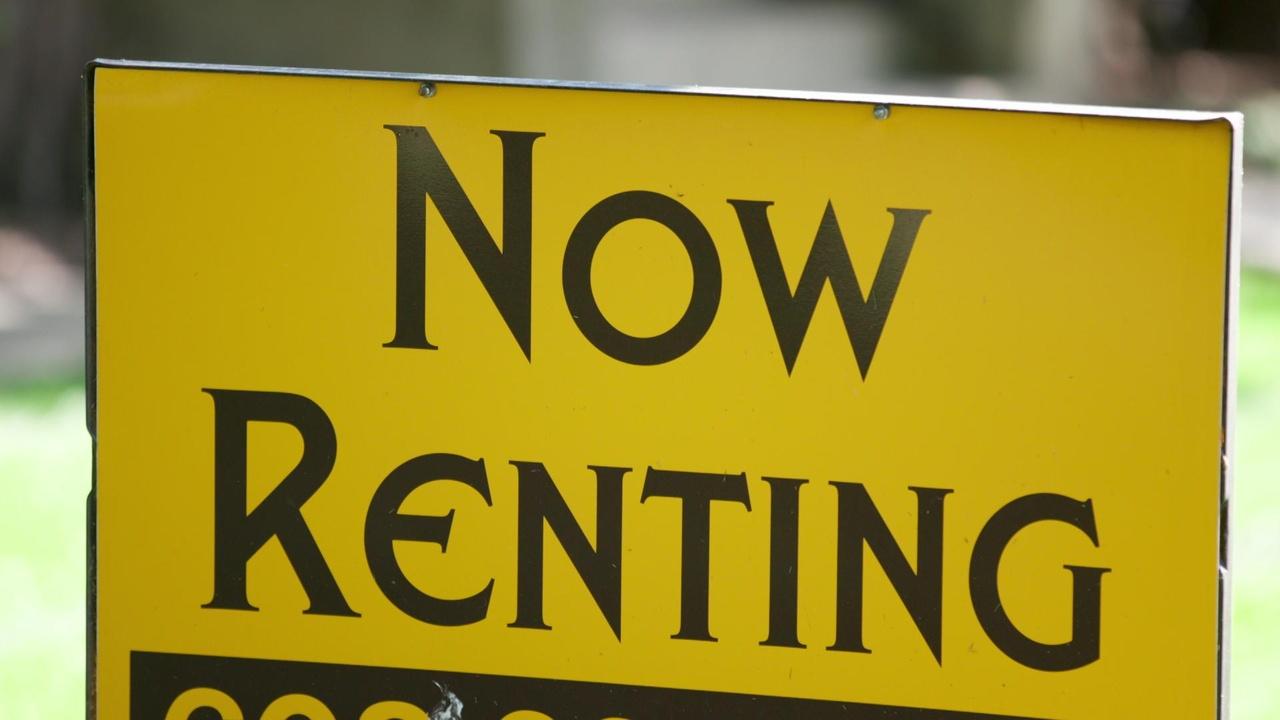
Impacts of housing discrimination on economic opportunity
Historical and current housing discrimination by race in rental and real estate markets have diminished opportunities for Black Wisconsinites to build generational wealth and create new businesses.
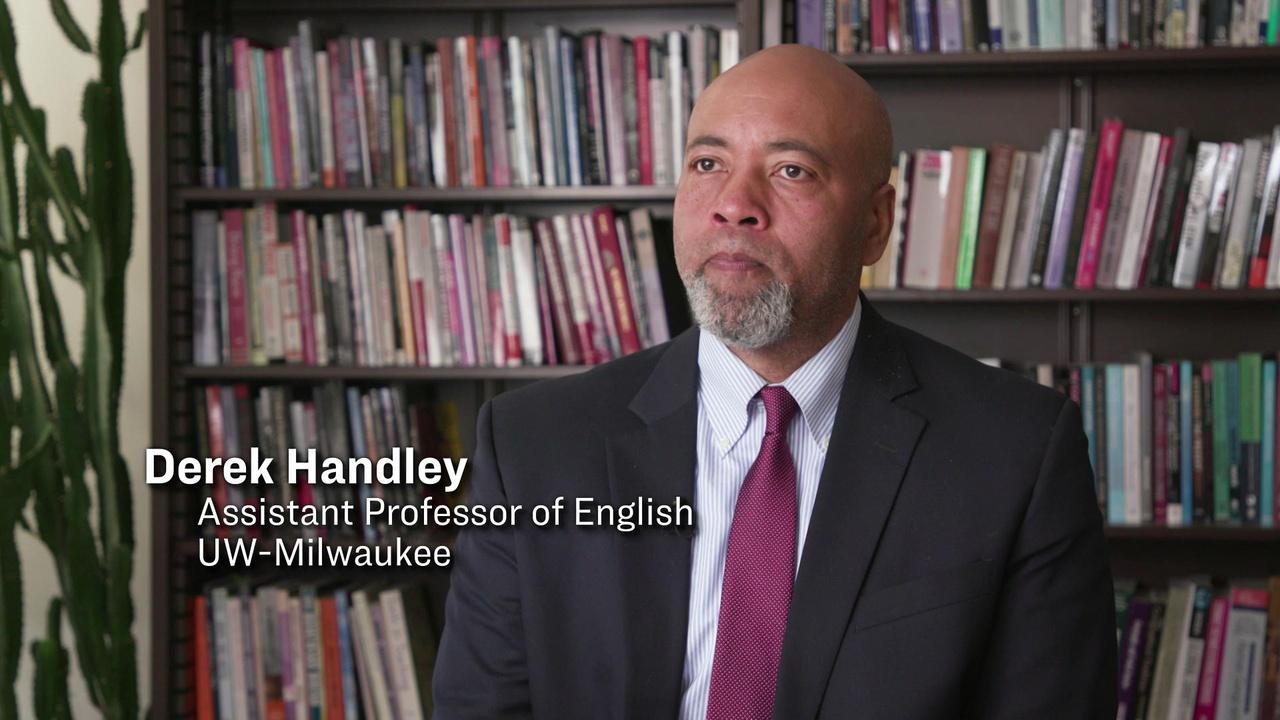
Derek Handley on Identifying Housing Discrimination
UW-Milwaukee English professor Derek Handley explains how understanding historical patterns of racist housing discrimination can help spotlight contemporary practices that have similar impacts.

Kurt Paulsen on Long-Term Impacts of Racist Housing Policies
UW-Madison urban planning professor Kurt Paulsen explains how government policy and business practices that discriminated by race continue to affect homeownership rates of Black families in Wisconsin.
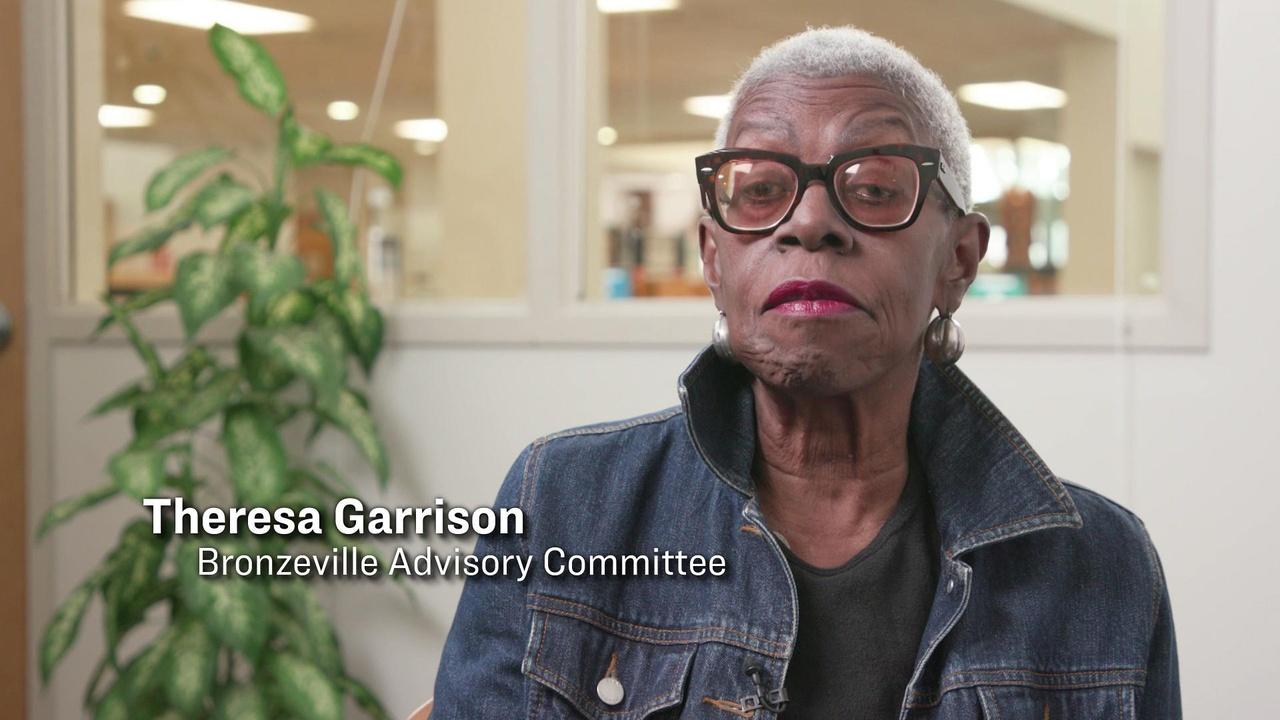
Theresa Garrison on Witnessing 'Urban Renewal' in Milwaukee
City of Milwaukee Bronzeville Advisory Committee member Theresa Garrison shares memories of growing up in a Black neighborhood that was razed in the 1960s in the course of "urban renewal" projects.
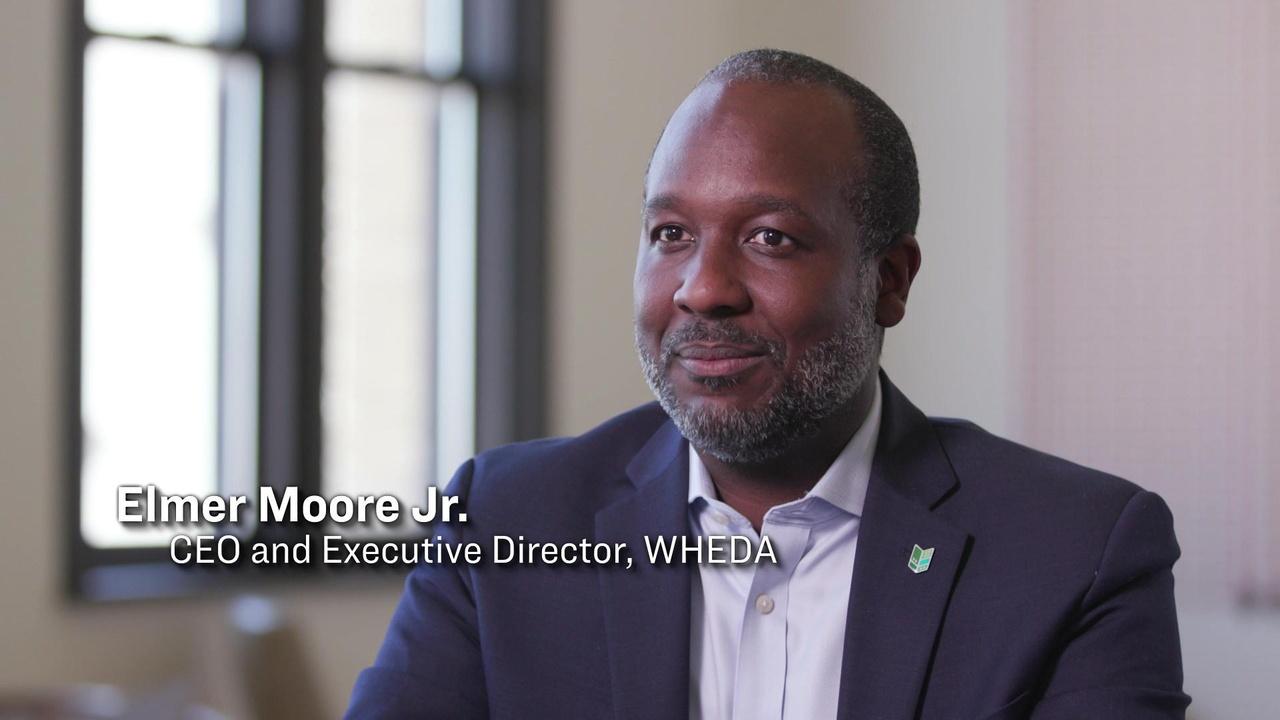
Elmer Moore, Jr. on Stress, Safety and Generational Outcomes
Wisconsin Housing and Economic Development Authority CEO and Executive Director Elmer Moore, Jr. describes investing in more secure home environments to change trajectories of lives and communities.
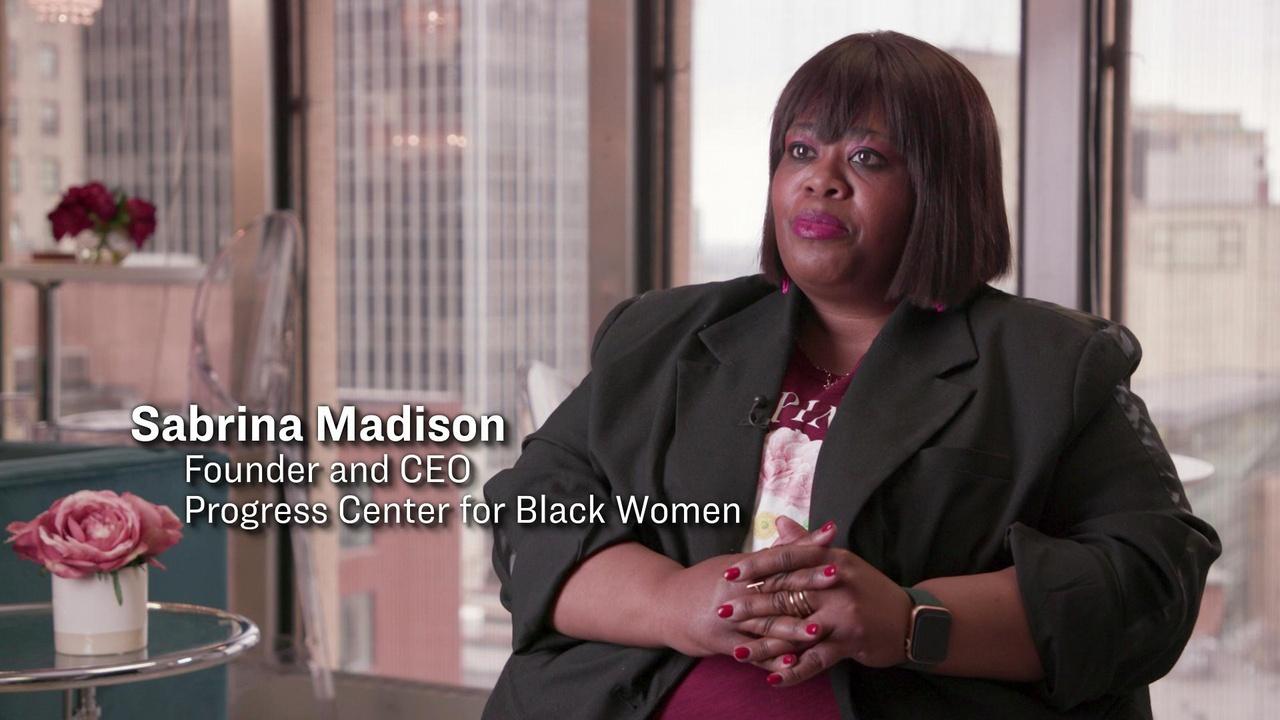
Sabrina Madison on Cultivating Wealth in Black Communities
Progress Center for Women CEO Sabrina Madison considers how generating wealth and ownership among Wisconsin's Black residents can help expand leadership opportunities and respect for their potential.

Helping Build Black and Brown Homeownership in Wisconsin
The Men of Color Initiative in Milwaukee and Own It: Building Black Wealth in Madison are working to educate and provide assistance to expand the ranks of people who can purchase their own homes.
 Passport
Passport






Follow Us